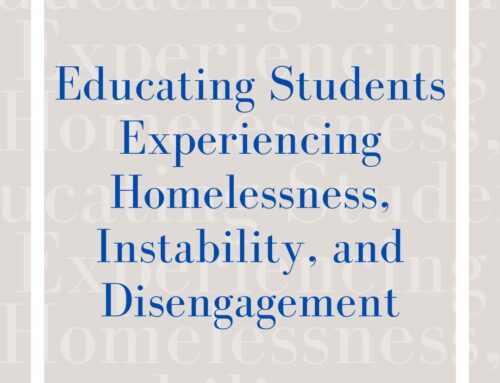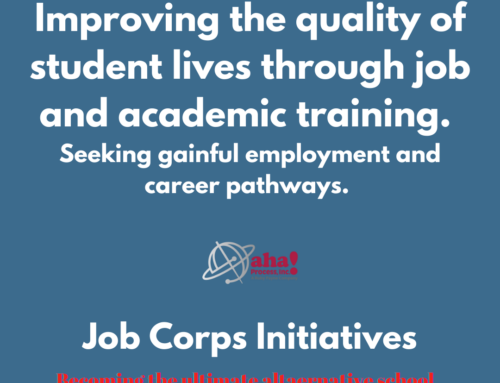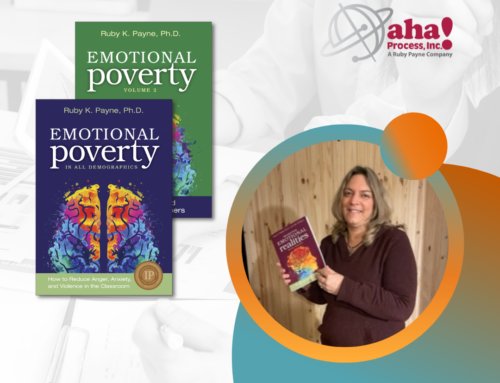As teachers, we teach only one organ in the body. That organ is the brain. Because we teach the brain, we need to know everything we can about how the brain works. I recently had the opportunity to hear Dr. Daniel Amen, a noted psychiatrist and an authority on how the brain functions, at a conference on boys and learning. Dr. Amen has studied the brain scans of more than 60,000 people, including 75 murderers and more than 1,000 people diagnosed with ADHD. He has also studied the brains of many NFL players. Technology allows us to scan the brain and see how it functions, including the brains of those who have experienced head traumas, strokes, and Alzheimer’s. Amen’s research has been instrumental in helping us understand the hardwiring of the female and male brains and how they are different. This allows educators to create more boy- and girl-friendly classrooms, and to learn effective methods of educating boys and educating girls
Here are a few things Dr. Amen shared that I found interesting:
- Your brain is involved in everything you do. It is an organ of judgment, personality, character, and intelligence. It controls how you feel, think, act, and interact.
- The left temporal lobe is the control center for violence.
- When your brain works right, you work right. When your brain doesn’t work right, you have trouble.
- Low levels of omega-3 have been associated with ADD, Alzheimer’s, depression, and suicide. Nutrition is critical to having a healthy brain. For ADD and ADHD people, eat organic. People who are diagnosed ADHD are very sensitive to chemicals.
- The brain has 100 billion nerve cells, and information in the brain travels 268 miles per hour.
- The brain is only 2% of your body’s weight but uses 20–30% of your calories.
- A person loses an average of 85,000 brain cells a day.
The brain is very soft and weighs about three pounds. It is housed inside a very hard casing called the skull. The inside of the skull has a few sharp ridges. When the head is banged about, the brain hits the skull, which can cause severe brain damage. That is why it is so important to protect children from falls and other accidents that can result in damage to the brain. For boys it becomes even more critical because they are more likely to participate in sports in which they experience head trauma (boxing, football, soccer, wrestling, hockey, etc.) Helmets help, but they do not fully protect the brain from being bounced around inside the skull. And where are the helmets for boys and girls who use their heads to hit a soccer ball?
In January 2008, the Wall Street Journal reported that past brain traumas have been linked to alcoholism and drug abuse, homelessness, depression and anxiety attacks, suicide, and learning problems. If you hurt a developing brain, the damage can be permanent. When is that brain developing? At birth only 25% of the brain is developed—at age 1, 50%; age 10, 95%. The last part of the brain develops around the age of 25. (Ever wonder why the rental car agencies won’t rent a car to anyone under the age of 25?)
Want to show your students what their brains feel like? Use the following recipe:
- 2 cups hot water
- 2 cups instant mashed potatoes
- 1½ cups of sand
Mix it up and put it in a Ziploc bag.
As an expert on working with boys, I found this information very helpful to the work I do with schools. Since the brain plays such an important role in the learning process, we educators need to understand this organ and work with, not against it.
For me, some provocative questions are:
- How many of the students we work with have experienced some degree of brain damage?
- What strategies work best with those who do have brain damage?
- How many people are in prison because of brain damage?
- Have you ever known someone who was never quite the same after an accident? Perhaps that person experienced damage to the brain.
If you want to read up on Dr. Daniel Amen, you can visit his website, www.amenclinic.com.








